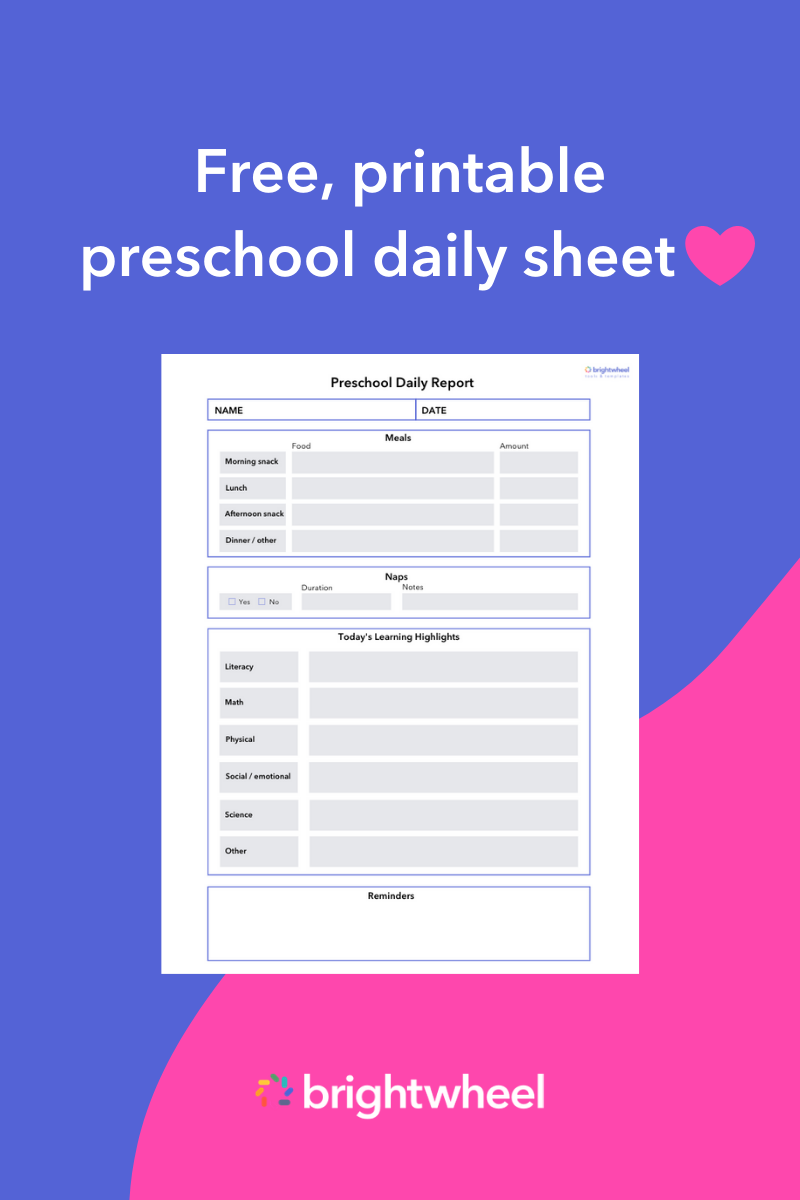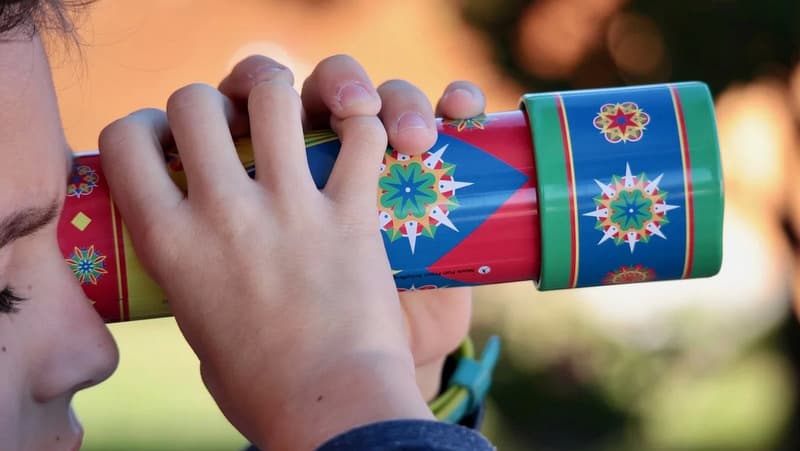Nap time is an essential part of the day for young children. It allows them to rest and recharge to be ready to learn and play for the rest of the day. However, preschool nap time can sometimes be a challenge for teachers. Most children will eventually fall asleep, but some may need a little help getting there.
Winding down for nap time can sometimes be difficult for children as they might be too excited or too curious about their surroundings before relaxing enough to fall asleep. Creating a calm and peaceful environment is often the first step in helping them drift off to sleep.
This article provides tips to help make preschool nap time go more smoothly for your children. You'll find tips for both nappers and non-nappers and advice on creating a calm and comfortable environment for all.
Why is nap time important?
Sleep is very important to a child’s growth, development, and overall physical and mental health. While children need different amounts of sleep at different stages of their development, nap time during the day can supplement their sleep at night, allowing them to get the recommended amount of sleep they need to grow, learn, and play. Naps can also reduce stress and anxiety, improve mood, increase alertness, and boost cognitive function. Furthermore, getting enough sleep is essential for building a strong immune system.
Some state licensing agencies may require a certain amount of time for preschoolers to rest daily. For example, in California, licensing agencies require that all children in daycare centers have an opportunity to nap or rest without distraction or disturbance from other activities at the center. This can be in the form of a nap or quiet activities such as reading or coloring.
This regulation is in place to ensure that children are getting the rest they need. It's also important to note that only some children will sleep during this time, and some may simply need a break from the daycare environment.
Check your state's licensing regulations to see if there is a required rest period in your local area. If so, make sure you’re providing that for your children. If not, consider implementing quiet time into their daily routine. You want your preschoolers to experience the benefits of a good nap.
How long is nap time in preschool or daycare?
Children's nap time varies depending on age and how long they slept the previous night. Some children may not sleep during nap time, which is perfectly normal.
As a general rule, naps should last up to two hours. This gives the child enough time to rest and recharge without feeling groggy when they wake up. The following are some general guidelines for nap time length, based on age:
Infants
Infants are typically the best nappers, as they need the most sleep. Newborns tend to sleep the most, waking every couple of hours to eat. Around four months old, babies are usually sleeping longer at night and typically have two to three daytime naps.
Toddlers
Toddlers usually take one to two naps daily, each lasting one to two hours. Some toddlers may need only one nap, while others may still need two.
Preschoolers
Preschoolers generally take one nap per day, lasting one to two hours. However, some preschoolers might not need a nap at all.
With brightwheel's daily report feature your teachers can quickly log things like meal and nap times, learning milestones, and other activities all from the brightwheel app. This centralizes documentation in one place and can be easily shared with families each day.
Nap time simple tips
Getting young children to nap can be challenging. While some children might not be sleepy when it comes time to nap, there are some strategies you can use to encourage the transition to nap time.
1. Put children down for naps at the same time each day
Establish a regular sleep schedule for children by ensuring that nap time is at the same time each day so that children know what to expect and avoid confusion. Creating and sticking to a daily daycare schedule, which includes nap time, can provide a sense of consistency for your children.
2. Make the room quiet and dark
A quiet, dark room will cue the brain that it's time to sleep. You can also use a white noise machine or app to help muffle any outside noise. You don't want nap time disrupted by loud noises or bright lights.
3. Use a soft, comfortable mattress
A comfortable surface will help your children relax and fall asleep more easily. Consider using a special nap mat or toddler cot to encourage sleep and make nap time more enjoyable for everyone.
4. Provide each child with their own pillow and blanket
Pillows and blankets can help children feel more comfortable and secure during nap time. Make sure that the pillows and blankets are soft and not too bulky.
5. Encourage children to use the bathroom before nap time
Guide children to use the bathroom as part of your nap time routine to help prevent any disruptions during nap time.
6. Read a calm, quiet story before nap time
Reading a story can help transition children from play time to nap time. Choose a calm, quiet story that won't excite children too much before sleep. You don't want your children to be wide awake and full of energy when it's time to sleep.
7. Give children a stuffed animal to hold during nap time
A stuffed animal can provide comfort and security during nap time. It's something for children to hold onto and feel close to when they're away from you.
8. Play soft, calming music during nap time
Calming music or lullabies can help soothe and relax children during nap time. You can find various soft, calming songs online or on your favorite streaming service.
9. Have children lie down on their backs with their arms at their sides
This position will help your children relax and fall asleep more easily.
10. Provide comfort and reassurance
Some children may experience anxiety around nap time, so be prepared to offer a comforting hug or pat on the back as children fall asleep. Other children may benefit from you simply sitting next to them as they drift off to sleep.
11. Use a calm voice
Avoid using a loud or excited voice during nap time, which can signal to children that it’s time to be awake and alert. Instead, use a calm and soothing voice when speaking to children during nap time, so they know it's time to relax and sleep.
12. Try deep breathing exercises
Practice deep breathing exercises with children as a way to calm the body before nap time. A simple technique of taking a deep breath, holding it for two seconds, and releasing it can quiet the mind and body.
13. Wake them up at the same time each day
Waking children up at the same time each day will help establish a regular sleep schedule. It's also important to give them a few minutes to wake up before starting their afternoon activities. They need time to adjust and be fully awake before focusing on learning.
14. Have a light snack or drink available when they wake up
Children may be hungry or thirsty when they wake up from nap time. A light snack or drink will help them re-energize and prepare for the rest of their day.
15. Get them up and moving if they're still sleepy
If children are still sleepy after nap time, getting them up and moving is important. This will help them wake up fully and be ready for the rest of their day. Have them do some gentle stretches or take a walk around the room.
Nap time tips for non-nappers
If you have a child that does not nap, there are still things you can do to help them relax and feel rested. Here are a few tips:
16. Have quiet time instead of nap time
A designated quiet time will help children wind down and relax without taking a nap. You can offer them a calm activity during quiet time, such as reading, coloring, or listening to soft music. The calming activities signal to their brain that it's time to relax.
17. Let them choose their own activity
Offering children a choice of activities can help them feel more in control of their environment and less anxious about taking a nap. If they need help with what to do, suggest a few calm activities that they can do during quiet time.
No matter the activity, set a timer for how long they will stay in their quiet space. It will help them understand that the activity will soon end, and give them a sense of control over the situation.
18. Offer a small snack and drink
Children need to feel refreshed and ready to take on the rest of the day. After their quiet time, offer them a small snack and drink. This will help them recharge and feel more alert.
Conclusion
Nap time allows children to wind down and recharge for afternoon activities. Whether your child is a napper or not, rest is important for their overall health and well-being. Implementing some (or all) of these tips will help ensure that your children get the most out of nap time.
Brightwheel is the complete solution for early education providers, enabling you to streamline your center’s operations and build a stand-out reputation. Brightwheel connects the most critical aspects of running your center—including sign in and out, parent communications, tuition billing, and licensing and compliance—in one easy-to-use tool, along with providing best-in-class customer support and coaching. Brightwheel is trusted by thousands of early education centers and millions of parents. Learn more at mybrightwheel.com.







